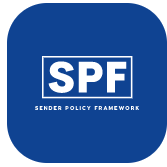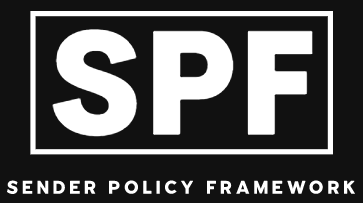Preventing a new domain from being marked as spam is crucial for maintaining email deliverability and communication with customers. Here are a few steps that can help:
- Implement SPF (Sender Policy Framework): SPF allows the receiving mail server to check if the server that sent the email is authorized to send email for that domain. This helps prevent email spoofing.
- Implement DMARC (Domain-based Message Authentication, Reporting & Conformance): DMARC is an email authentication protocol that allows the domain owner to publish a policy that specifies which mechanism (e.g. SPF, DKIM) is used to authenticate email messages sent from their domain.
- Implement DKIM (DomainKeys Identified Mail): DKIM is an email validation system that uses digital signatures to verify that an email message was sent by an authorized sender and has not been modified in transit.
- Monitor sender reputation: Sender reputation is a measure of the quality of an email sender’s sending practices. Keep an eye on your sender reputation and make changes to your email sending practices as needed to maintain a good reputation.
By implementing these steps, you can help ensure that your new domain’s emails are not marked as spam and are delivered to your recipients’ inboxes.

